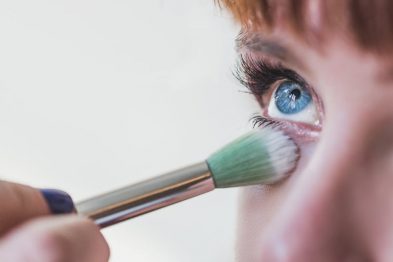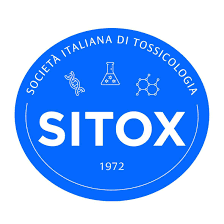
Cosmetics: safety assessment for the consumer and the environment
According to Regulation (EC) No 1223/2009, a cosmetic is defined as “any substance or mixture intended to be applied to the external surfaces of the human body (epidermis, hair system and hair, nails, lips, external genital organs) or to the teeth and the mucous membranes of the mouth with the sole or predominant purpose of cleaning them, perfuming them, changing their appearance, protecting them, keeping them in good condition or correcting body odours”.
The placing on the market of cosmetic products requires compliance with a series of rules that essentially concern their safety for human health and the presence of adequate information on the label regarding their composition and declared properties.
With regard to safety, requirements concern the chemical-physical and microbiological characteristics of the substance/mixture and the absence of prohibited substances, which according to Reg. 1223/2009 and its annexes (continuously updated) are basically those classified as Carcinogenic, Mutagenic and Toxic for Reproduction (CMR substances), category 1A, 1B and 2 under Reg. (EC) No. 1272/2008.
It must also be remembered that the vast majority of chemical substances used in the formulation of cosmetics must fulfil the requirements of the REACH Regulation, Registration, Evaluation, Authorisation of Chemicals.
On the label, the ingredients of a cosmetic must be listed using the INCI nomenclature, International Nomenclature of Cosmetic Ingredients, which identifies substances with an English nomenclature (with the exception of plant components, indicated in Latin) common to all EU countries. Correct labelling enables consumers to avoid cosmetics containing substances they do not like or that are hazardous to their health, such as ingredients that are highly allergenic or considered to be potential formaldehyde releasers.
But the safety of cosmetics must also be assessed in environmental terms. Some ingredients in products that require rinsing after use can contribute to water pollution. This is the case, for example, with siloxanes D4, D5 and D6, which are used to improve the texture of cosmetics and which, according to Regulation (EU) 2018/35, must be present in concentrations of no more than 0.1 % by weight in rinse-off products.
Are you a company of the cosmetics industry? Contact us to find out how we can help you. BioTecnologie BT will provide you with its expertise in the fields of chemical-physical and microbiological characterization analysis of formulations, as well as ecotoxicology, aquatic and terrestrial.


 English
English Italian
Italian


